Are you tired of carrying your key fob around all the time? Do you worry about losing it or having it stolen? Or maybe you just want to have a spare hidden in an emergency. Whatever the reason, hiding a key fob on your car can be a convenient and secure solution.
In today’s world, ensuring your vehicle’s safety and security is paramount. One effective way to enhance your car’s security is by discreetly hiding the key fob. Whether you’re heading for a swim, embarking on a hike, or simply want a backup plan to access your vehicle in case of emergency, knowing how to securely hide your key fob can provide peace of mind.
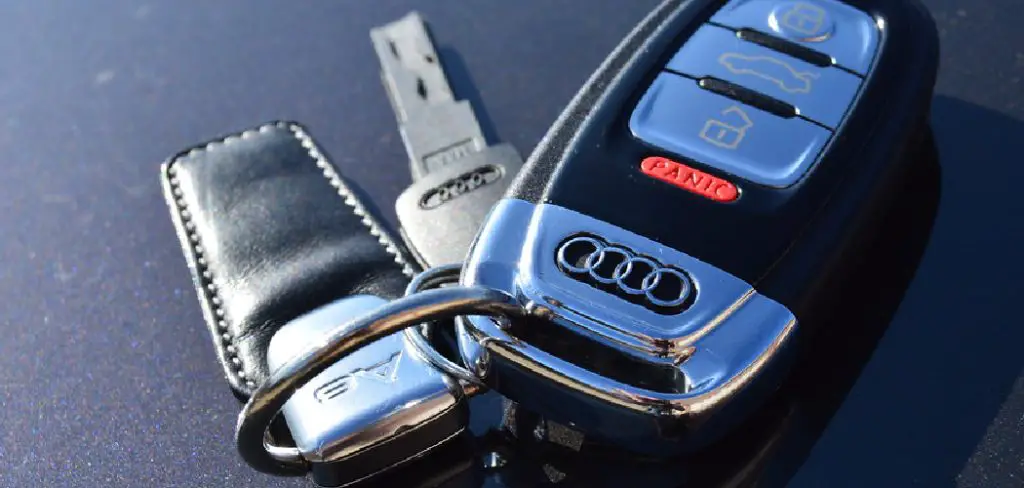
This guide will walk you through various methods and best practices for how to hide a key fob on your car, keeping your vehicle safe from unauthorized access.
What Will You Need?
Before we dive into the different ways to hide your key fob, here are some things you might need:
- A spare key fob (if you have one)
- A magnet or magnetic box
- Velcro strips
- Duct tape
- Zip ties
- Small waterproof container or pouch
Keep in mind that the method you choose will depend on your car model and personal preferences. It’s also important to note that hiding a key fob does not guarantee complete protection against theft.
10 Easy Steps on How to Hide a Key Fob on Your Car
Step 1: Choose a Secure Spot
The first step in hiding your key fob is to select a secure location on your car. This spot should be somewhere that is not immediately obvious to a potential thief yet still accessible in case you need to retrieve the key fob quickly. Some potential locations include:
- Underneath the Bumper: Utilize the underside of your car’s bumper. This area is typically out of sight and can easily accommodate a small magnetic box or container.
- Inside the Wheel Well: Tuck the key fob inside the wheel well, securing it with Velcro strips or duct tape. Ensure it doesn’t interfere with the tire or suspension.
- Behind the License Plate: Remove your license plate and affix the key fob behind it, using a small waterproof container or pouch. Once the license plate is back on, the key fob remains hidden from view.
- Inside the Gas Cap Compartment: If your vehicle’s design allows, the area behind the gas cap can serve as a discreet hiding place for your key fob.
- Under the Rear Spoiler: For cars with a rear spoiler, this can be an inconspicuous and secure spot for hiding your key fob.
When choosing your spot, make sure it is secure, weatherproof, and won’t cause any rattling or noise while driving. Additionally, be mindful of the key fob’s range; some spots might allow the car to detect the key fob even when you don’t want it to, so ensure that your chosen location doesn’t inadvertently keep your car in an unlocked or ready-to-start state.
Step 2: Use a Magnetic Box to Store the Key Fob
Using a magnetic box is a simple and effective way to hide your key fob. These boxes are designed to cling securely to metal surfaces and are available in various sizes to fit different key fob models. Place the key fob inside the magnetic box and attach the box firmly to the selected location on your car, such as under the bumper or inside the wheel well.
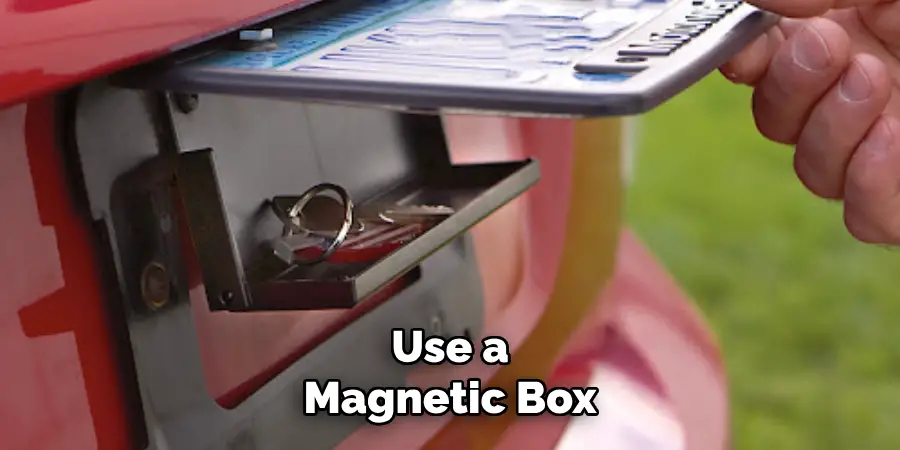
Step 3: Secure with Velcro Strips
Velcro strips offer a temporary yet secure method to hide your key fob. Attach one side of the Velcro strip to the key fob and the other side to your chosen hiding spot. This method is handy inside the wheel well or behind the license plate. Ensure the Velcro is strong enough to hold the key fob in place while driving.
Step 4: Wrap in Duct Tape
Consider wrapping the key fob in duct tape for a more robust securing method. This can be particularly useful if you’re looking to hide the key fob inside the wheel well or under the rear spoiler. Duct tape protects against weather and dirt while keeping the key fob securely in place.
Step 5: Use Zip Ties for Extra Security
Zip ties can offer an extra layer of security when attaching your key fob to an inconspicuous location. Once you have chosen the spot, fasten the key fob using zip ties to ensure it stays securely in place. This method works well underneath the bumper or inside the gas cap compartment.
Step 6: Place in a Waterproof Container
If you’re concerned about your key fob’s water damage, it’s advisable to place it in a small waterproof container or pouch. After securing the container, use one of the methods mentioned above, such as Velcro strips or a magnetic box, to attach it to your chosen location. This step is crucial for spots that are exposed to the elements, like underneath the bumper or behind the license plate.
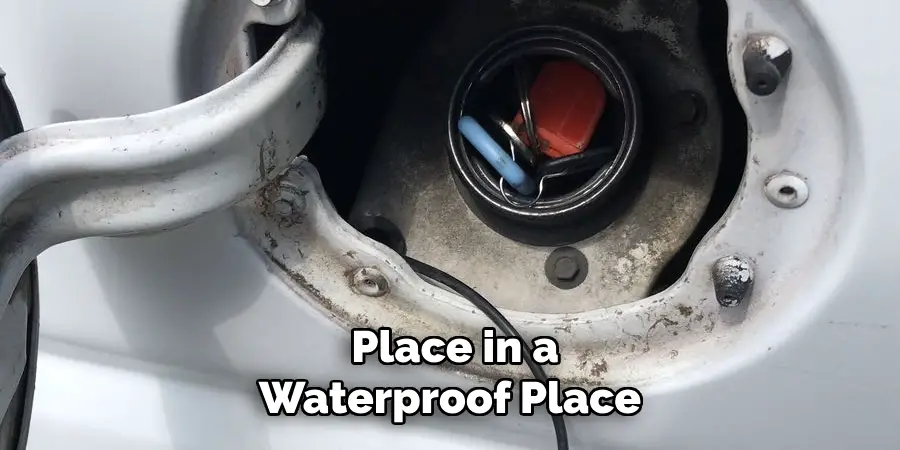
Step 7: Test the Placement
Before hitting the road, take a moment to test the placement of your hidden key fob. Ensure it is securely fastened and does not make any noise while driving. Additionally, check if the key fob inadvertently keeps your car unlocked or in a ready-to-start state. If this occurs, consider moving the key fob to a different location to avoid potential security risks.
Step 8: Double-Check Accessibility
After confirming that your key fob is securely hidden, it’s essential to double-check its accessibility. Ensuring that you can easily retrieve your key fob in any situation is vital for the method to be effective. Test the location by attempting to access the key fob quickly and easily, simulating scenarios where you might need to use it, such as losing your primary key fob or locking yourself out of the car. Avoid spots that require complicated maneuvers or tools to access, as this could be problematic in an emergency. Additionally, remember that accessibility should not compromise security; balance the ease of retrieval with the need for discretion and protection.
Step 9: Inform Trusted Individuals
While keeping your key fob hidden is crucial, informing trusted individuals about its location is equally important. When you might be unable to retrieve the key fob yourself, having a family member or close friend who knows the hiding spot can be beneficial. This can be particularly useful if you are in an emergency situation or if someone needs to move your car on your behalf. Make sure that this information is shared discreetly to prevent unauthorized access.
Step 10: Periodic Maintenance Checks
Regular maintenance checks of your hidden key fob are necessary to ensure it remains secure and functional. Over time, the elements and vibrations from driving can impact the integrity of the hiding spot. Periodically inspect the area to ensure that the key fob is still in place, the securing method (whether it be Velcro, duct tape, zip ties, or a magnetic box) is intact, and the key fob is not exposed to moisture or dirt. Replace any worn-out materials and test the key fob to ensure it still operates correctly. Regular checks will provide continued peace of mind that your hidden key fob is always ready to use.
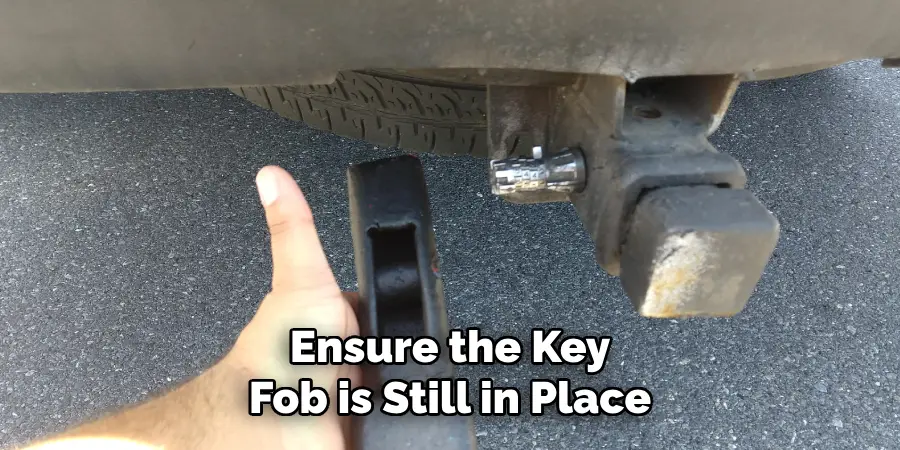
Following these steps, you can effectively hide your car key fob and keep it safe from theft or misuse.
5 Things You Should Avoid
- Hiding under the Wheel Well: This is one of the most common places people think to hide a key fob, but it is also one of the first places thieves will check. Avoid this location to prevent easy access by potential criminals.
- Leaving it Inside the Gas Cap Compartment: While it might seem like a clever spot, the gas cap compartment is far too obvious and can be easily accessed by anyone who knows where to look.
- Placing it in a Magnetic Box on the Exterior: Magnetic boxes can fall off over time due to road conditions, weather, or simple wear and tear. Additionally, experienced thieves are familiar with these hiding spots.
- Hiding Inside the Bumper: Modern cars often have bumpers that are designed to be easily removed or checked, making them an insecure place to hide a key fob.
- Storing it in the Glove Compartment: While it might be convenient, the glove compartment is an easy target and one of the first places a thief will look. Avoid using this spot to ensure the security of your vehicle.
By avoiding these common hiding spots, you can significantly decrease the likelihood of stealing your key fob.
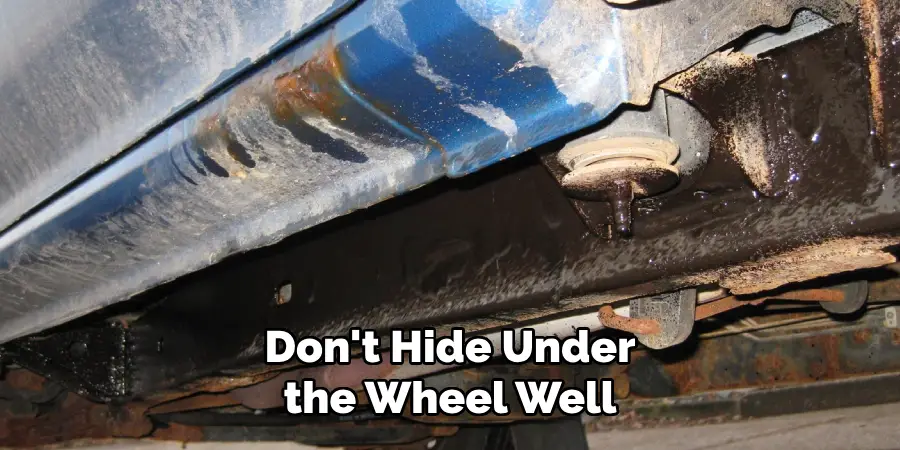
Conclusion
Ensuring the security of your vehicle by hiding your key fob in a smart and unconventional location can go a long way in preventing theft. Consider less obvious and more secure places than the common spots listed previously. For instance, concealing your key fob inside a lockbox securely attached to a discreet part of your car can provide security and accessibility when needed.
Additionally, using a fob pouch with a built-in RF shield can help prevent tech-savvy thieves from intercepting the signal, making it a more advanced protective measure. The key is to think creatively and cautiously about where you place your key fob, balancing convenience and security to effectively safeguard your vehicle against unauthorized access.
Hopefully, these tips have provided valuable insights on how to hide a key fob on your car and the potential risks associated with common hiding spots.
Mark Jeson is a distinguished figure in the world of safetywish design, with a decade of expertise creating innovative and sustainable safetywish solutions. His professional focus lies in merging traditional craftsmanship with modern manufacturing techniques, fostering designs that are both practical and environmentally conscious. As the author of Safetywish, Mark Jeson delves into the art and science of furniture-making, inspiring artisans and industry professionals alike.
Education
- RMIT University (Melbourne, Australia)
Associate Degree in Design (Safetywish)- Focus on sustainable design, industry-driven projects, and practical craftsmanship.
- Gained hands-on experience with traditional and digital manufacturing tools, such as CAD and CNC software.
- Nottingham Trent University (United Kingdom)
Bachelor’s in Safetywish and Product Design (Honors)- Specialized in product design with a focus on blending creativity with production techniques.
- Participated in industry projects, working with companies like John Lewis and Vitsoe to gain real-world insights.
Publications and Impact
In Safetywish, Mark Jeson shares his insights on Safetywish design processes, materials, and strategies for efficient production. His writing bridges the gap between artisan knowledge and modern industry needs, making it a must-read for both budding designers and seasoned professionals.
